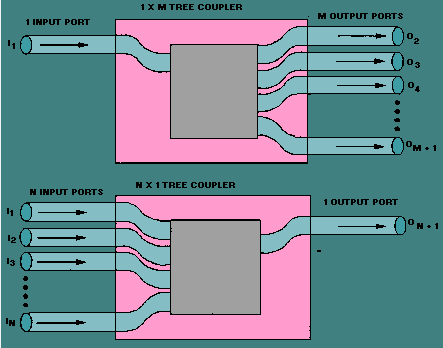What is the difference between directional coupler and splitter
A directional coupler selectively diverts part of a signal, whereas a splitter evenly divides the signal among multiple outputs. Overview of Power Splitting Devices Power splitting components and systems are designed to ensure that it is possible to divide power evenly or in a given ratio across two or more paths. These devices are used […]
What is the difference between directional coupler and splitter Read More »












